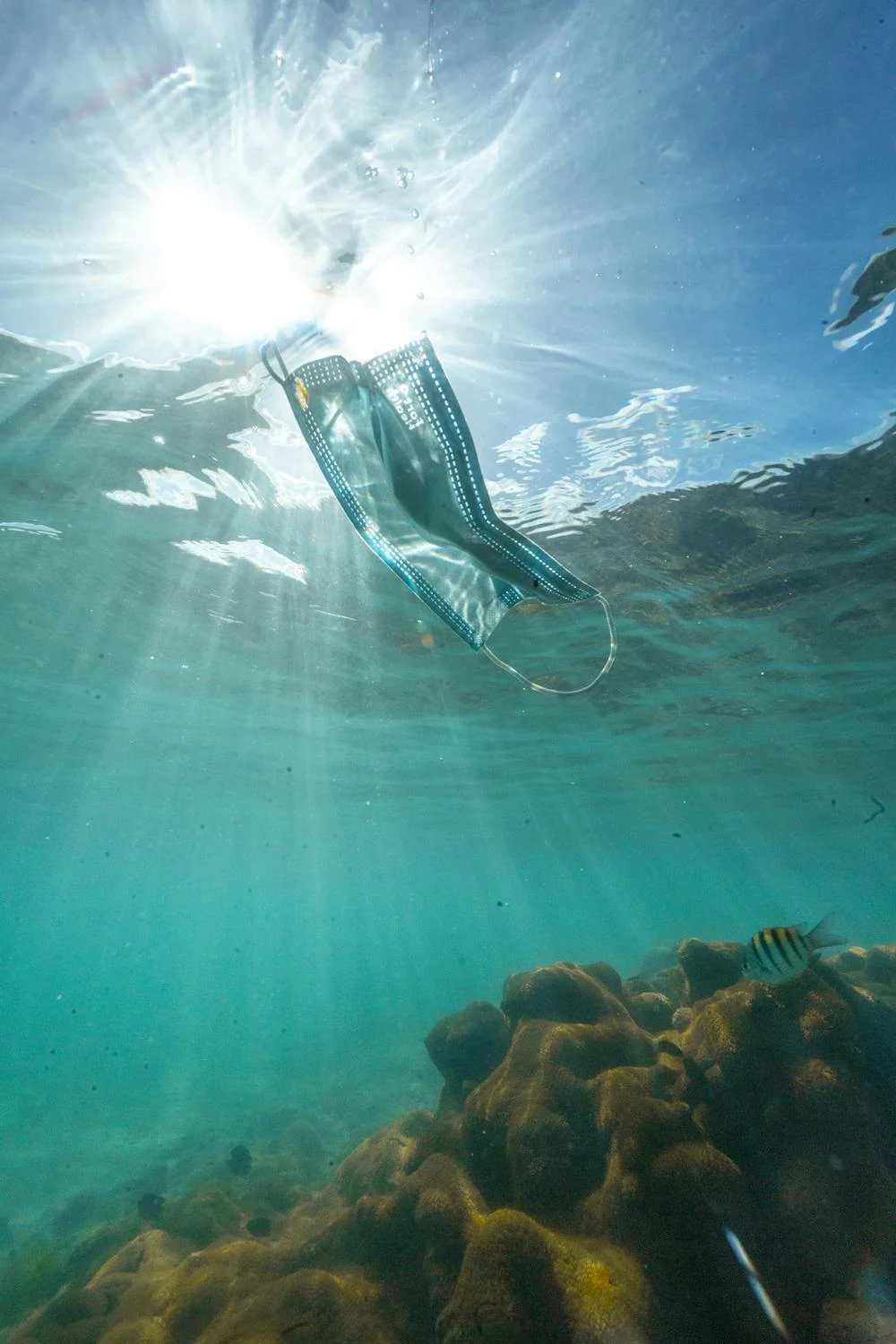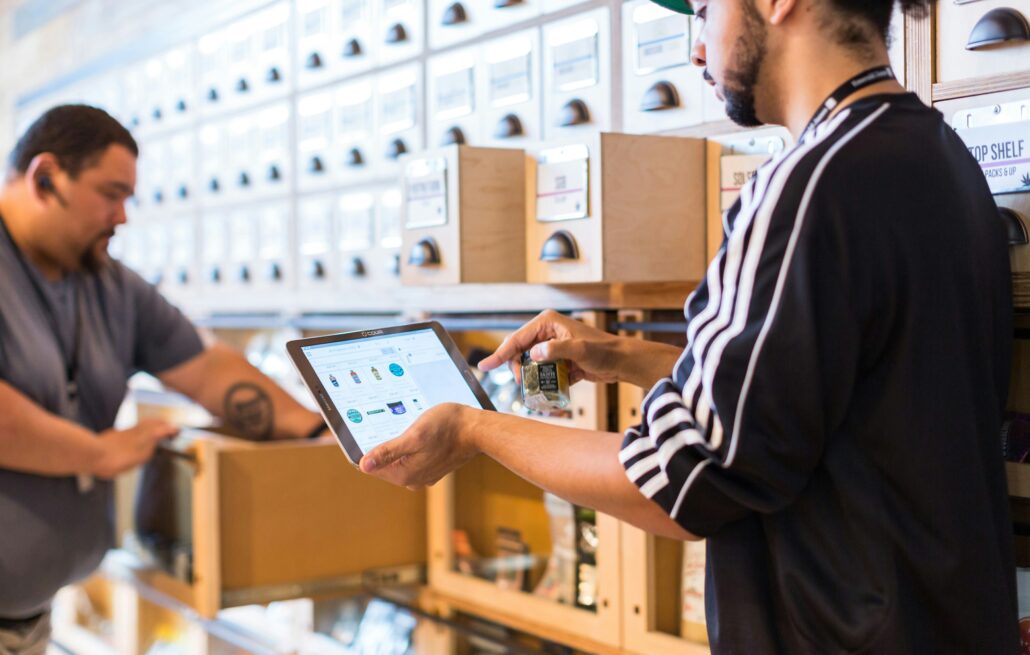
The circular economy is a concept that seeks to revolutionize the way we produce, consume and manage resources, by adopting sustainable practices and closing the product life cycle.
However, the current problem with the circular economy lies in the disparity between the rhetoric promoting circularity and the actual measures put in place, as indicated in the Circularity Gap Report (CGR) 2024 published by the Circle Economy Foundation and Deloitte. He points out that the global circularity rate has fallen from 9.1% to 7.2% in 5 years.
Despite the many discussions, debates and publications on the subject, the consumption of large quantities of materials remains high – almost 500 billion tonnes of material, almost as much as in the whole of the 20th century. representing a major challenge for the realization of a truly circular economy.
This discrepancy reflects the gap between the theoretical understanding of the concept and its practical implementation. Despite growing awareness of the need for circularity, the actual transition to circular practices and the reduction of material consumption remain major challenges.
The report also underlines the urgent need for decisive action to make the transition to a circular economy a success, as the current trajectory risks not producing the necessary impact. This highlights the critical nature of the problem and the need for concrete action to make the transition to a circular economy a reality. These essential actions include establishing favorable government policies, tax incentives, green standards and recycling targets, accompanied by investments in research, public awareness and the promotion of collaborations between the public and private sectors. These measures are crucial to bridging the gap between the discourse on the circular economy and its practical implementation.
The CGR recommends some solutions that could be implemented to resolve the problem of discordance between the discourse and measurements of circularity in non-food resources in order to save the latter. According to the Organization for Economic Co-operation and Development (OECD) , the transition to a circular economy could reduce global waste production by 20% by 2030. Additionally, the Ellen MacArthur Foundation highlighted that circular practices could help reduce global CO2 emissions by 45% by 2030.
Thus we can develop closed-loop supply chains: These chains can reduce waste and increase material recovery, by sharing, pooling and extending the life of products and equipment. According to the World Economic Forum, closed-loop supply chains could generate $1.8 billion in economic benefits by 2030.
But also encourage the use of recycled materials: Promoting the use of recycled materials can reduce the demand for virgin materials and encourage circularity. According to the Circularity Gap Report, using recycled materials could reduce the global need for material extraction by 20%.
And finally, foster collaboration and innovation: Collaboration between universities, research institutes, businesses and start-ups can support the development of advanced technologies for recycling materials, extending lifespan products, and improving retention, substitution and efficiency of materials and value. According to the World Economic Forum, the circular economy could generate annual economic output of $1 trillion by 2025.
These solutions can help bridge the gap between talk and action in the transition to a circular economy for non-food resources, promoting sustainability and boosting economic growth.


Rich countries, including France, play a crucial role in this transition. Here are some actions France and other nations can take to promote the circularity of non-food resources:
- Developing supportive policies and regulations: Governments, including that of France, can put in place policies and regulations that encourage the sustainability and circularity of non-food resources, e.g.AGEC law. This can include tax incentives for companies adopting circular practices, green design standards for products, and targets for recycling and reuse of materials.
- Investment in research and innovation: Governments can support research and innovation in the area of circularity of non-food resources. This may involve funding research projects on materials recycling, the development of remanufacturing technologies, and the promotion of ecodesign.
- Public awareness and education: Governments can play a crucial role in raising public awareness of the issues of circularity of non-food resources. This can be done through information campaigns, educational programs in schools, and incentives to encourage citizens to adopt more sustainable behaviors.
By taking concrete steps in these areas, countries like France can significantly contribute to the transition to a circular economy for products and equipment, thereby promoting environmental and economic sustainability.
Examples of the impact of the circular economy around the world: Sweden has managed to implement very effective waste management policies, recycling more than 99% of its metal waste. The Netherlands has embarked on an ambitious program to make its entire economy circular by 2050, which has boosted innovation and created jobs. Germany, as a world leader, has implemented incentive policies such as the deposit on plastic bottles to promote recycling and reuse of waste. China, for its part, has initiated recycling projects for electronic waste and plastics, thus contributing to the reduction of pollution and the creation of new economic opportunities.
The transition to a circular economy presents significant opportunities to promote environmental sustainability, drive innovation and create jobs. According to the International Labor Organization (ILO), the transition to a circular economy could create 18 million net jobs by 2030.
This report highlights the positive impact of the circular economy around the world, highlighting potential benefits such as reduced waste, sustainable job creation, reduced CO2 emissions, and financial savings.
However, it also highlights the challenges ahead, particularly regarding the adoption of favorable policies, public awareness, and the need for global collaboration. To maximize the benefits of the circular economy, it is essential that governments, businesses, and civil society work together to implement sustainable practices and foster innovation.
In conclusion, this report highlights the crucial importance of the transition to a circular economy to address the environmental and economic challenges facing the world. It highlights the opportunities offered by the circular economy and calls for concerted action to realize its full potential in creating a sustainable future for all.
Read also
Questions about CircularPlace?



